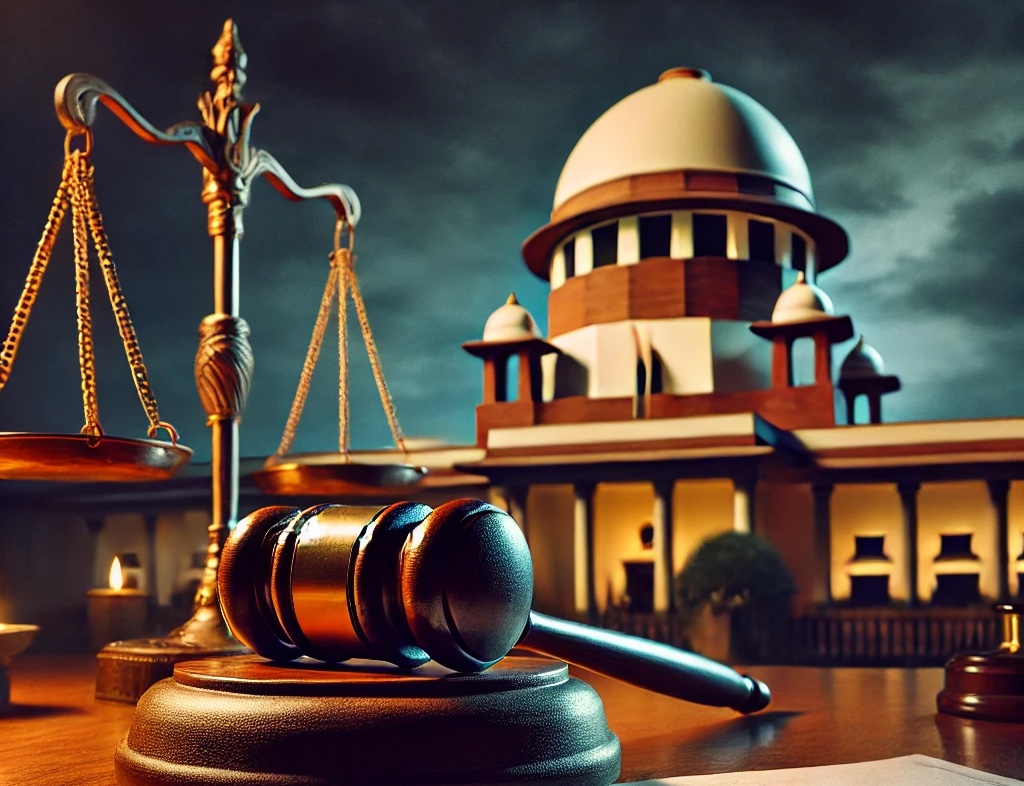🏛️ Landmark Case: A.K. Gopalan v. State of Madras (1950)
📌 Introduction
The case of A.K. Gopalan v. State of Madras (1950) was one of the earliest and most significant cases decided by the Supreme Court of India after the Constitution came into effect on 26th January 1950. It dealt with the interpretation of fundamental rights, especially Article 21 – Right to Life and Personal Liberty.
This case set the tone for constitutional interpretation in the initial years but was later overruled by a more progressive approach in the Maneka Gandhi case (1978).
🧑⚖️ Background of the Case
A.K. Gopalan was a well-known communist leader who was detained under the Preventive Detention Act, 1950, by the State of Madras. He challenged his detention before the Supreme Court, arguing that it violated his fundamental rights under:
-
Article 19 – Freedom of speech, expression, movement, etc.
-
Article 21 – Protection of life and personal liberty
-
Article 22 – Protection against arrest and detention in certain cases
His plea raised a critical constitutional question: Can preventive detention laws be challenged on the grounds of violating fundamental rights?
⚖️ Supreme Court Verdict
The majority judgment (4:1) upheld Gopalan’s detention and gave a very narrow interpretation of fundamental rights. The Court ruled:
-
Article 21 and 19 are separate rights
The Court held that Article 21 (right to life and liberty) is not connected to Article 19 (freedom of movement, speech, etc.), and hence, preventive detention did not need to satisfy the test of reasonableness under Article 19. -
“Procedure established by law” means any procedure laid down by the legislature
The Court interpreted Article 21 literally. If there is a law passed by the legislature (like the Preventive Detention Act), and the procedure is followed, then the detention is valid—even if the law is harsh or unjust. -
Article 22 allows preventive detention
Since Article 22 specifically talks about detention laws, the Court said that as long as those provisions are followed, the detention is valid.
Justice Fazl Ali was the lone dissenter. He argued that fundamental rights must be read together and that the procedure under Article 21 must be just, fair, and reasonable.
📉 Why the Case Was Controversial
While the judgment followed a strict legal interpretation, it was widely criticized for ignoring the spirit of the Constitution and allowing the government to curtail personal liberty too easily.
The verdict effectively meant that as long as a law existed and was followed, the Court wouldn’t question whether it was fair or just—even if it deprived someone of liberty.
🔄 Later Developments: Maneka Gandhi Case
In 1978, the Maneka Gandhi v. Union of India case overruled the Gopalan judgment. The Court declared that:
“Procedure established by law” must be just, fair, and reasonable—not arbitrary.
The new approach ensured that Articles 14, 19, and 21 must be read together, protecting individual liberty more robustly.
🧠 Conclusion
A.K. Gopalan v. State of Madras was a historic case that marked the beginning of constitutional interpretation in India. Although the judgment was conservative, it sparked debates that eventually led to a more progressive and human rights–oriented approach.
The evolution from Gopalan to Maneka Gandhi shows how constitutional law is dynamic—shaped by changing perspectives, judicial wisdom, and democratic values.

